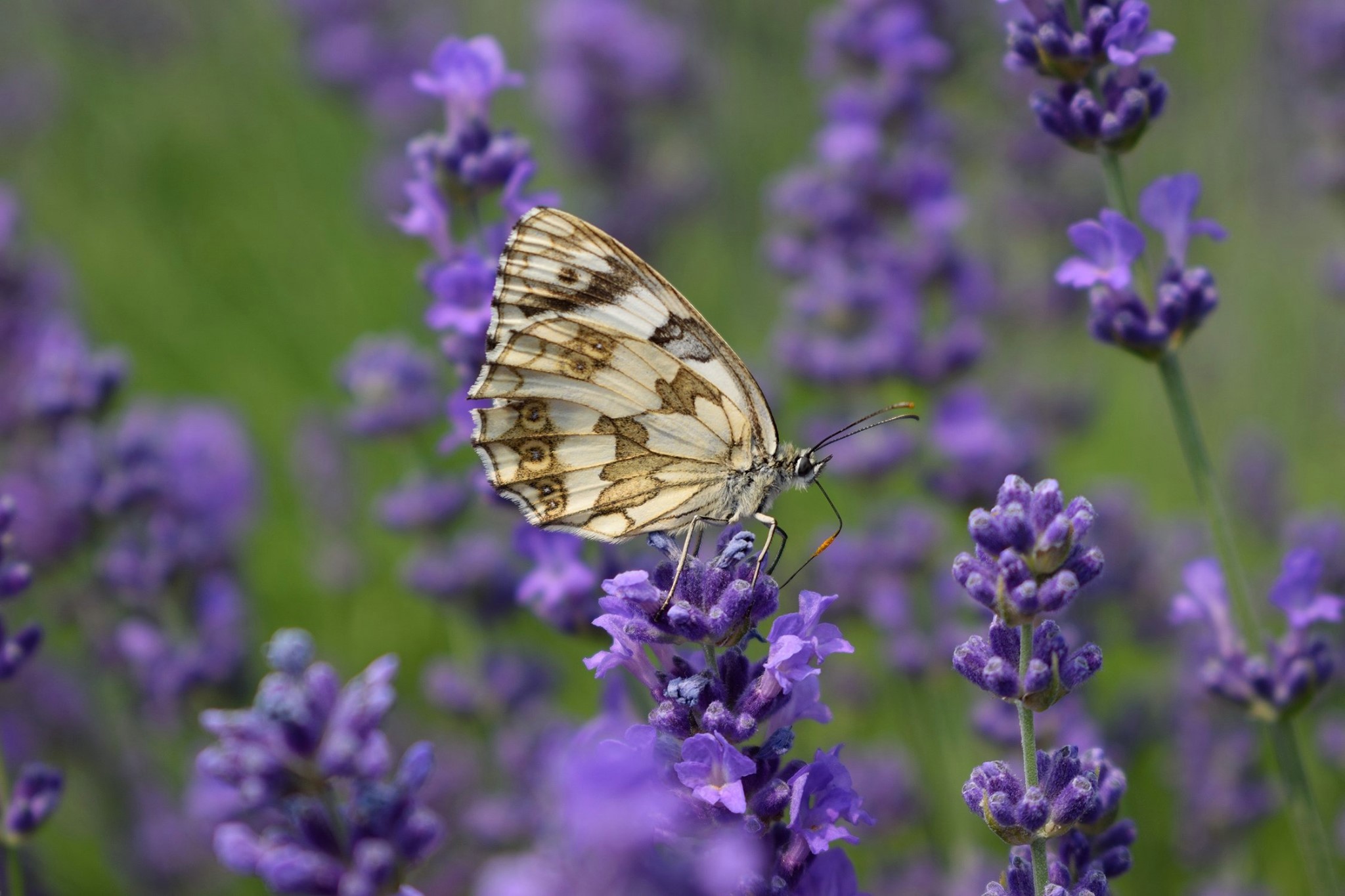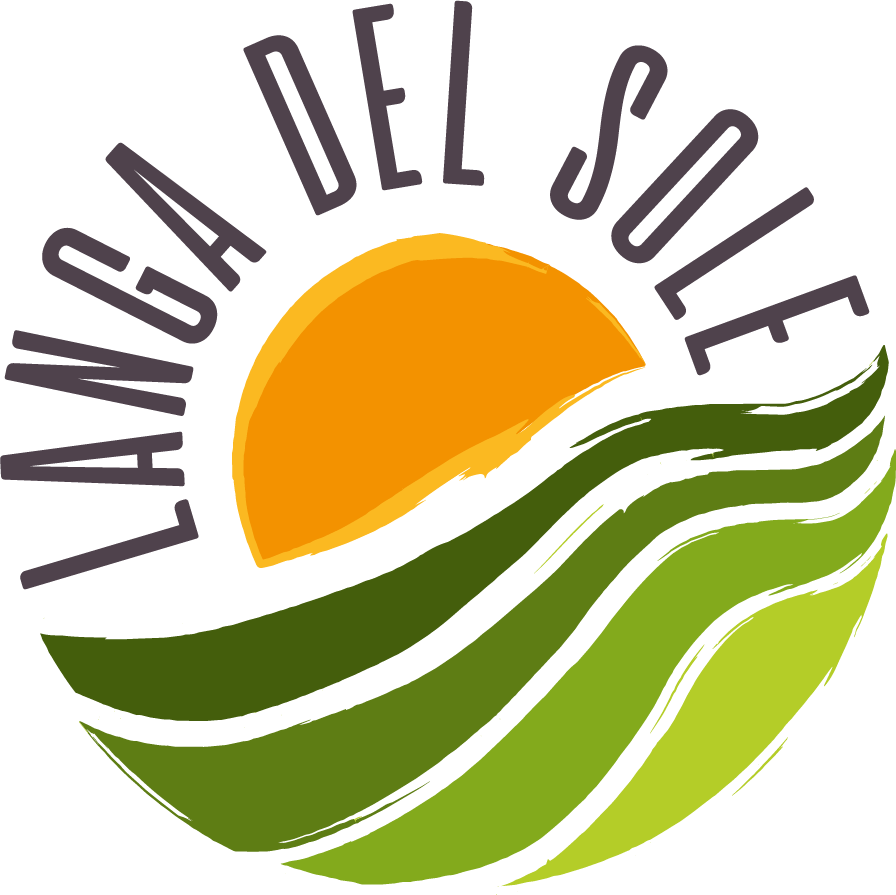Don’t call it «little Provence». Yes, there are fields of lavender, but it is officinal, not the hybrid kind the French have planted to increase crop yields.
There are medicinal herbs such as sage, rosemary, mint and melissa, but they are hand-tended and grown using biodynamic methods on small plots of land, not the vast expanses beyond the Alps. To be sure, the crop is similar, but the landscapes are completely different. Densely wooded hillsides take the place of sun-drenched plains, and instead of the torrid climate of the coastal hinterland, there is the warm, moist Marin wind, that stirs each lavender stalk and spreads its unmistakeable scent in the air.
So don’t call it Provence, because we are in Alta Langa, in Sale San Giovanni to be precise, on the last stretch of Piedmont hill country before the Apennines run down to Savona and Finale Ligure. This is a land of rare beauty, of remote stone villages rising up among woods and wheat fields, close to the Sorgenti del Belbo Nature Reserve, where wild orchids still grow.
Towards the mid-Nineties, agriculture in these parts was in dire need of revitalisation. Wine production, decimated by phylloxera, had never recovered, the expanses needed for growing maize were lacking, and even the Langhe sheep were slowly disappearing. Attempts were made at farming snails and also legumes, but what really caught on was growing medicinal herbs – lavender of course, but also sage, rosemary, hyssop, fennel, helichrysum, Roman chamomile and many others.

FROM THE LAND TO SOCIAL MEDIA
The first to plant lavender were young farmers, the grandchildren of the generation that had experienced first-hand the years of overwhelming hardship described in the novel La Malora, followed by those of rural depopulation and abandon. They realised that the poor soil of Alta Langa, mostly marly limestone and difficult to irrigate, could be the right habitat for hardy, drought-tolerant plants with renowned properties.
There are currently 4 enterprises producing officinal herbs, distributed over about 40 hectares and formed into a cooperative that follows organic and biodynamic farming practices. Work in the fields is all carried out by hand and no herbicides are used in weeding, which is strictly mechanical. The essential oils are extracted in Spigno Monferrato and sold to an extremely demanding high-end clientele looking for pure, uncontaminated products of the finest quality.
While it was the insight of young famers that brought officinal herbs to Sale San Giovanni, it was the “social media generation” who made it a legitimate tourist phenomenon. Bloggers, Instagrammers and ordinary residents of the area began posting photos taken around Sale. A selfie among the lavender has become a must for those travelling through the Langhe with a mobile phone at the ready. During the annual flowering festival held at the end of June, you might have to wait quite a while in the blazing sun before finding a lavender bush where it doesn’t look as if you are in Piazza Duomo in Milan.
«The beauty of these places is that they are very different from Provence», says Sale San Giovanni’s mayor, Costantino Germone. «Fields of helichrysum or lavender alternate with dense woods and wheat fields clinging to sides of steep hills little touched by human activity and rich in biodiversity – a unique, remarkable landscape that leaves visitors deeply impressed». A shop has also been opened in the village where visitors can purchase a variety of zero kilometre essential oil-based products.

NOT ONLY HERBS
Non solo erbe (Not Only Herbs) is the name of the event held in Sale San Giovanni during the last weekend of June, so called because its inhabitants do not make a living only from herbs. Along with lavender and the others, the village has rediscovered an ancient variety of spelt known as Enkir, or Einkorn, (triticum monococcum). With the help of Mulino Marino’s research and support, Enkir was planted at an altitude of above 500 metres, where this very hardy cereal has contributed to the recovery of marginal, abandoned lands, now a new source of income due to its highly sought-after flour.
Enkir is very unusual to say the least. The vigorous growth of this low-gluten, highly digestible grain, naturally “eliminates” weeds, which means less fertilization, no herbicides and farming that lends itself to organic practices.
«We have recently been working on production regulations for a new product made with Enkir, an old recipe that was used to make fazin, a type of cracker cooked on the stove». concluded Germone. «We would like it to become a DE.C.O., in other words, a denomination of origin from a specific municipality, so further underscoring the link between this cereal and our town».
Photo credit: Daniela Tirelli Molinari

Post a cura della Redazione di Langa del Sole

